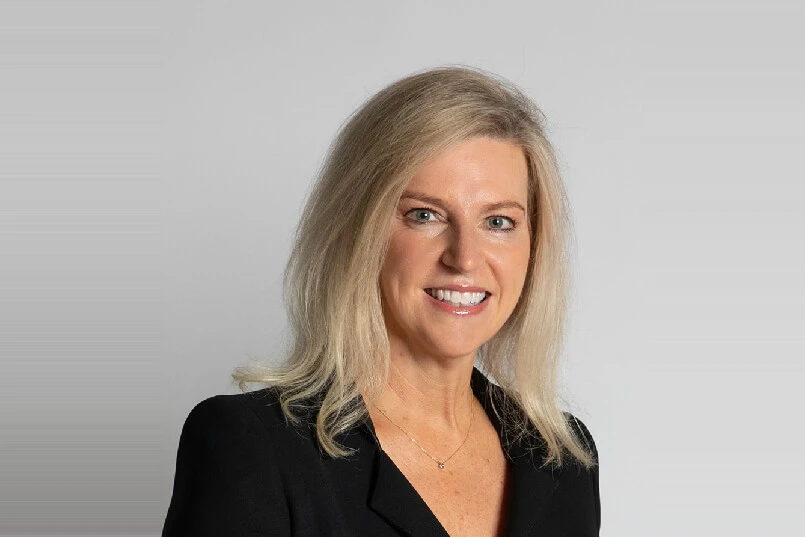Running an agency review is time consuming and disruptive at the best of times. But imagine you want to not only review your media agency, but also your creative agency and your digital agency? And you want to do it all at the same time.
Why?
In this case, and now in several since, it was because the brand was undertaking a significant strategic change. In one of these situations they were introducing a more interactive one-to-one strategy, another client was moving to a heavy content marketing strategy and the third wanted to engage a more direct response strategy. In each case the incumbent agencies were seen to:
- have a vested interest in preserving the status quo
- not have strengths in the new core capability areas required
- not be particularly collaborative with each other or the marketing team
It was time to Spring Clean the agency roster and make a fresh start.
In each case the marketers discussed with us the pros and cons of undertaking the agency reviews concurrently versus consecutively.
Consecutive Pitches
To undertake one review at a time would certainly require less resources on any day and would cause less disruption initially, but the process of three agency reviews could possibly extend over a period of 6 – 8 months, during which time there would be constant disruption.
There was also the consideration of the transition process. If all agencies were replaced as an outcome of the process, how would the brand transition from one agency to the next?
Would this be best consecutively or concurrently?
Concurrent Pitches
But would running three pitches at the same time stretch the marketer resources to breaking? And would there be enough time in each pitch to really investigate and interrogate each agency’s capabilities to the depth and detail that would ensure the best outcome?
It was then that we suggested that rather than thinking of it as three pitches at once we manage a hybrid solution that had three distinct stages, with each stage investigating a particular aspect:
- Stage 1 – Market search, credentials and chemistry (Separate)
- Stage 2 – Strategy workshops and financial proposals (Collaborative)
- Stage 3 – Creative alignment and negotiations (Collective)
We call this a Collaborative Concurrent Pitch as the process is highly collaborative in establishing a collective relationship between the successful agencies involved and the marketing team.
Stage 1 – Market search, credentials and chemistry
This stage looks at each category of agencies individually, being media, creative agency and digital. A search brief was prepared highlighting core competencies, along with cultural, competitive, size and geographic considerations.
From the market search brief, a market report identified those agencies that suited the profile in each category. From this list, six agencies were identified in each category and approached to provide a detailed written response to a credentials brief.
This credentials brief requested information on the agency structure, client base, key staff and case studies to demonstrate core competencies. It also asked the agencies to list the agencies they currently worked with in the other categories being reviewed and to provide feedback on these agencies. eg. Media agencies listed creative and digital agencies with whom they currently directly worked.
Once all of the credentials documents were reviewed, all agencies attended a one hour chemistry session where they were requested to answer the question “Why we would be the ideal agency partner for the client” and be open to answering questions arising from the credentials documents they had supplied previously. They were also quizzed on the agencies in the other categories in regards to their preferred working partners.
Stage 2 – Strategy workshops and financial proposals
This stage was focused on testing strategic thinking and collaboration between the various agencies.
On completion of Stage 1, the marketing and procurement team had a very clear perception of the eighteen agencies and began the process of shortlisting these in each category. The challenge was to shortlist a maximum of three in each category meaning the list was reduced by half.
With three media agencies, three creative agencies and three digital agencies eventually short-listed, it was then a process to mix’n’match the best alignment, based on chemistry and culture of each agency and the agencies own preferred partners and experience. It was interesting that even agencies within holding companies did not necessarily recommend their own agency partners within that holding company. A final mix of three was determined, with a different media, creative and digital agency in each team.
The agencies were informed that they had been short-listed and informed on their team partners for the strategic workshop process. Each agency was given the opportunity to object to the team they had been allocated, but because of the process of obtaining their input previously all agencies were happy with their team. Each agency was also told that their success was not determined by the team they were allocated and that the client reserved the right to appoint agencies from across all three teams to make the final composition.
Needless to say the key benefits of running strategic workshops with three agencies from different categories or disciplines demonstrated:
- If there was a natural lead agency or if they agencies managed the process equally
- Which agencies naturally collaborated with the other agencies and which did not
- Where the strategic leadership and thinking was coming from across the three agencies
- How each of the agencies interacted with the marketing and brand team in the presence of the other agencies
- Which agencies and personalities were inclined to dominate and which were inclined to be dominated
It was interesting to note that these combined strategic workshops can have between 12 and in one case more than 50 participants. Interestingly it did not matter how many people participated across the three agencies and the marketing team, it was still very easy to see and assess the dynamics that developed across the day in each workshop.
During this process we provided all three agencies in each category with a financial proposal template to be completed and these were benchmarked and reviewed with the marketing and procurement teams.
Stage 3 – Creative alignment and negotiations
The final stage was to then select the preferred media, creative and digital agency. Interestingly, in the times we have undertaken this process, we have never had a marketing team select all three agencies from the one group. There is no particular reason that is evident at this stage, but it does demonstrate that ultimately the selection is driven by a best team in each category and the demonstration of how they collaborate with others is secondary.
With the composition of the preferred agency structure in place and with the agency financial proposals benchmarked and reviewed, it is then possible to commence developing the financial model and negotiation strategy. One of the benefits of this approach is that you can negotiate a performance and value based remuneration model that aligns the three most strategically important agencies in the roster to the marketing strategy.
The other benefit to note is that the process is much more collaborative than the usual agency selection pitch or RFP and this establishes the basis of the relationship going forward.
Key Benefits
- Disruption is shorter than if the agency reviews were held consecutively
- Requires less resources than holding three separate pitches as there are significant economies in the combining and alignment of the process
- Allows marketers to build business ready agency teams and relationships
- Collaborative process creates a collaborative foundation to the agency relationships
- Allows the marketers to build and apportion resources and negotiate across the agencies during the selection process to suit the needs of the marketing strategy
- Marketers can test the level of collaboration and the way the various agencies can work together in the workshop process
While advising a marketing team to take on three reviews at once may seem like a nightmare, the fact is that if the purpose is to have a complete refresh of the agency relationships currently on the roster, then the Collaborative Concurrent Pitch process is definitely the most efficient and effective way to achieve this that I have seen.
What are you thoughts?




